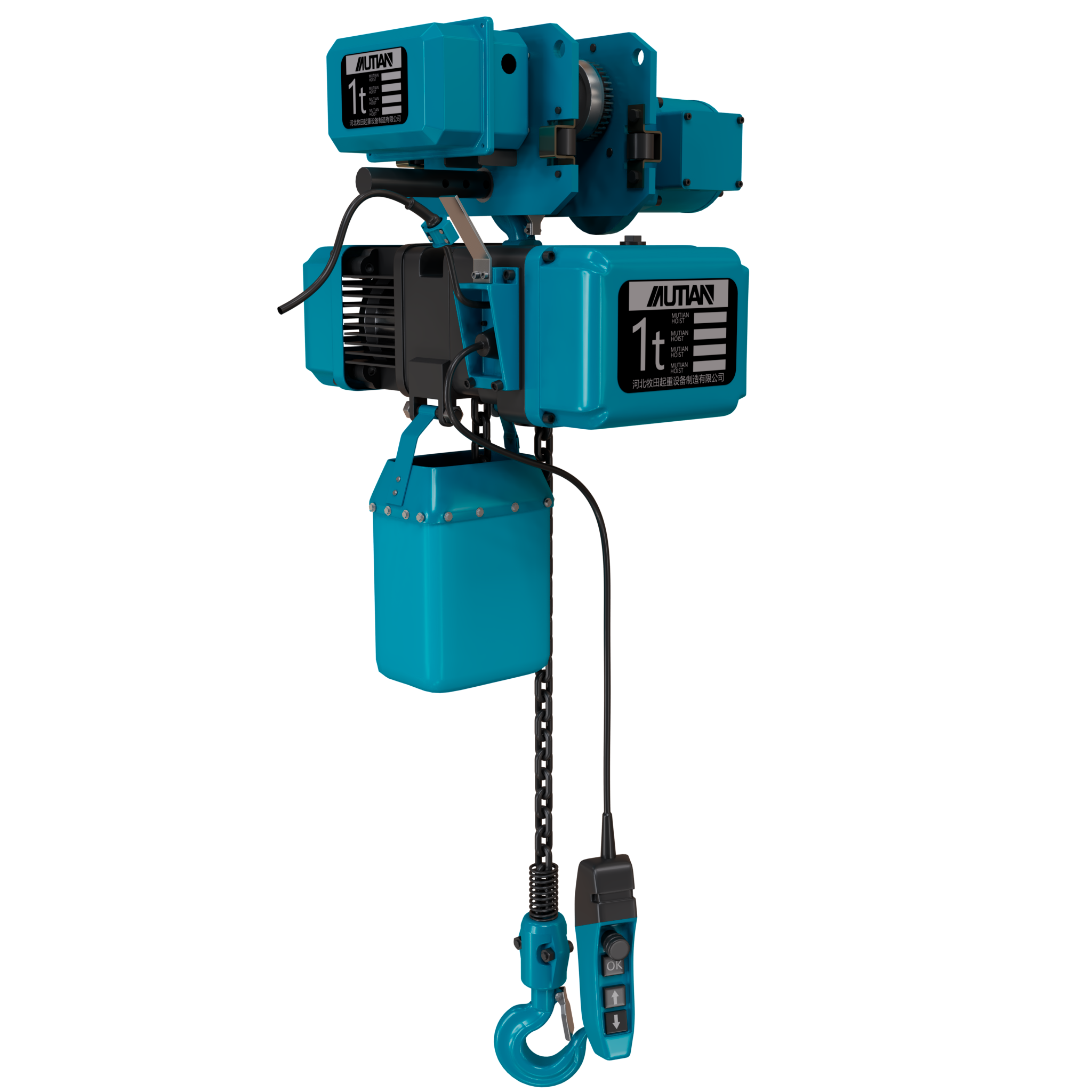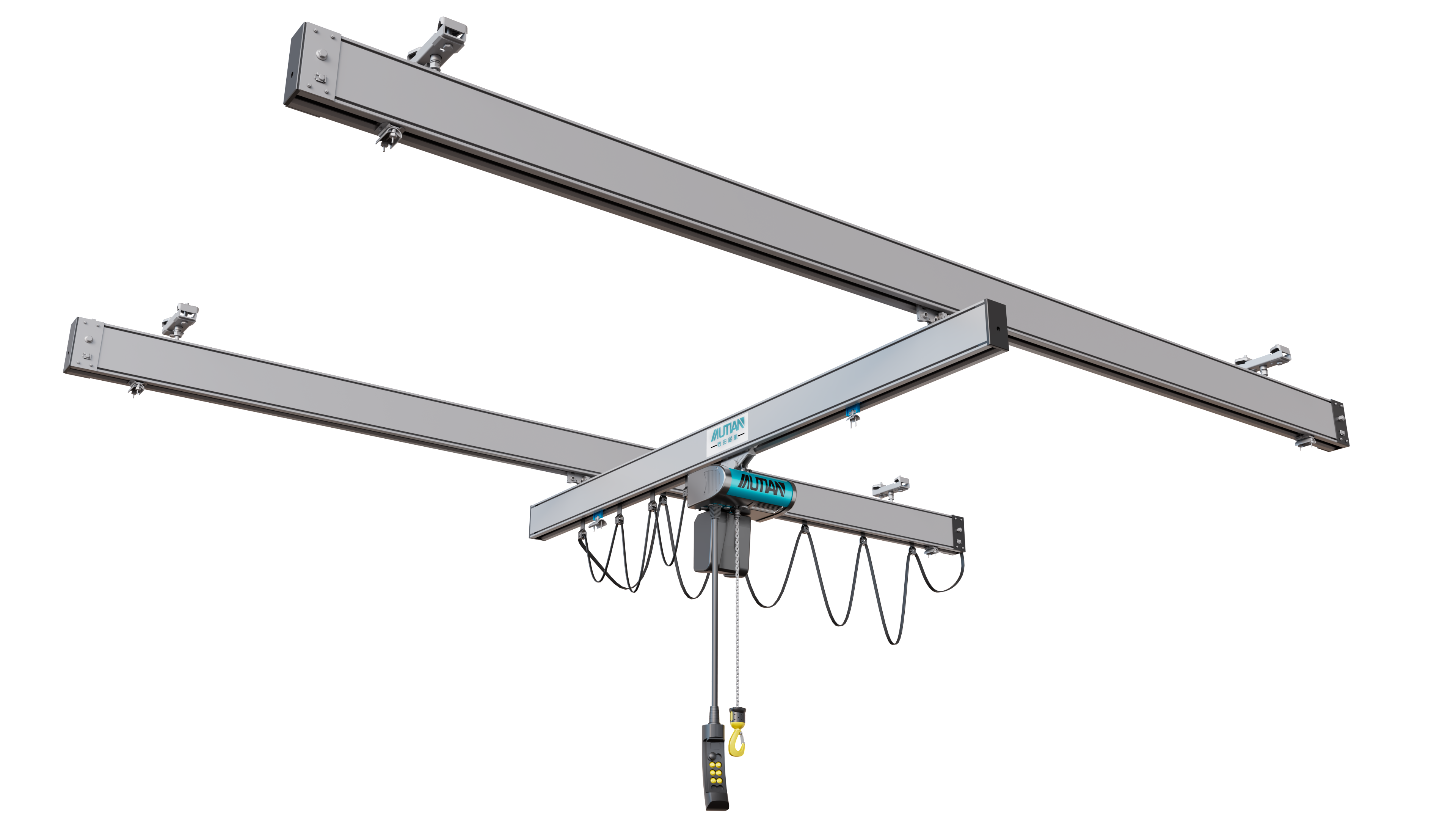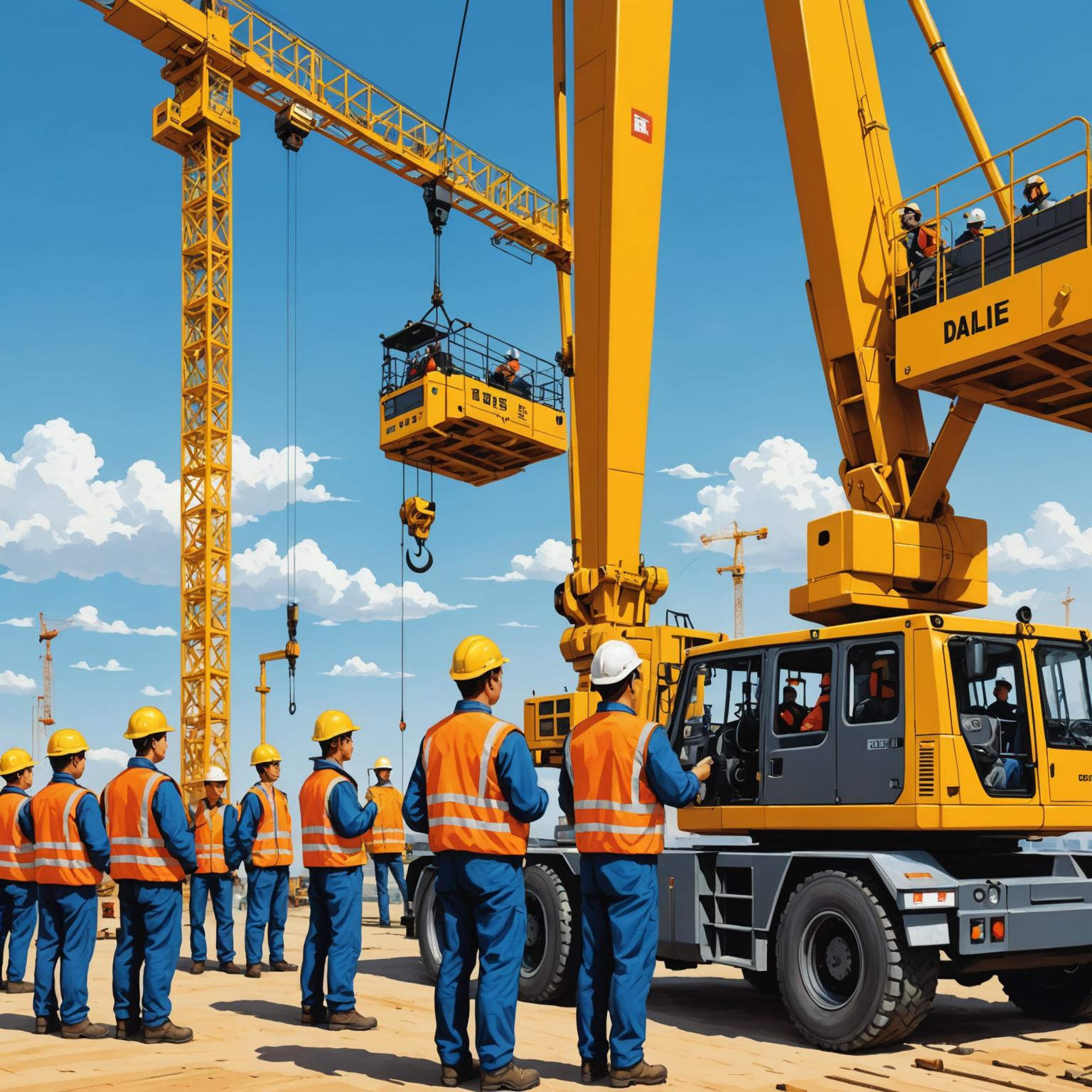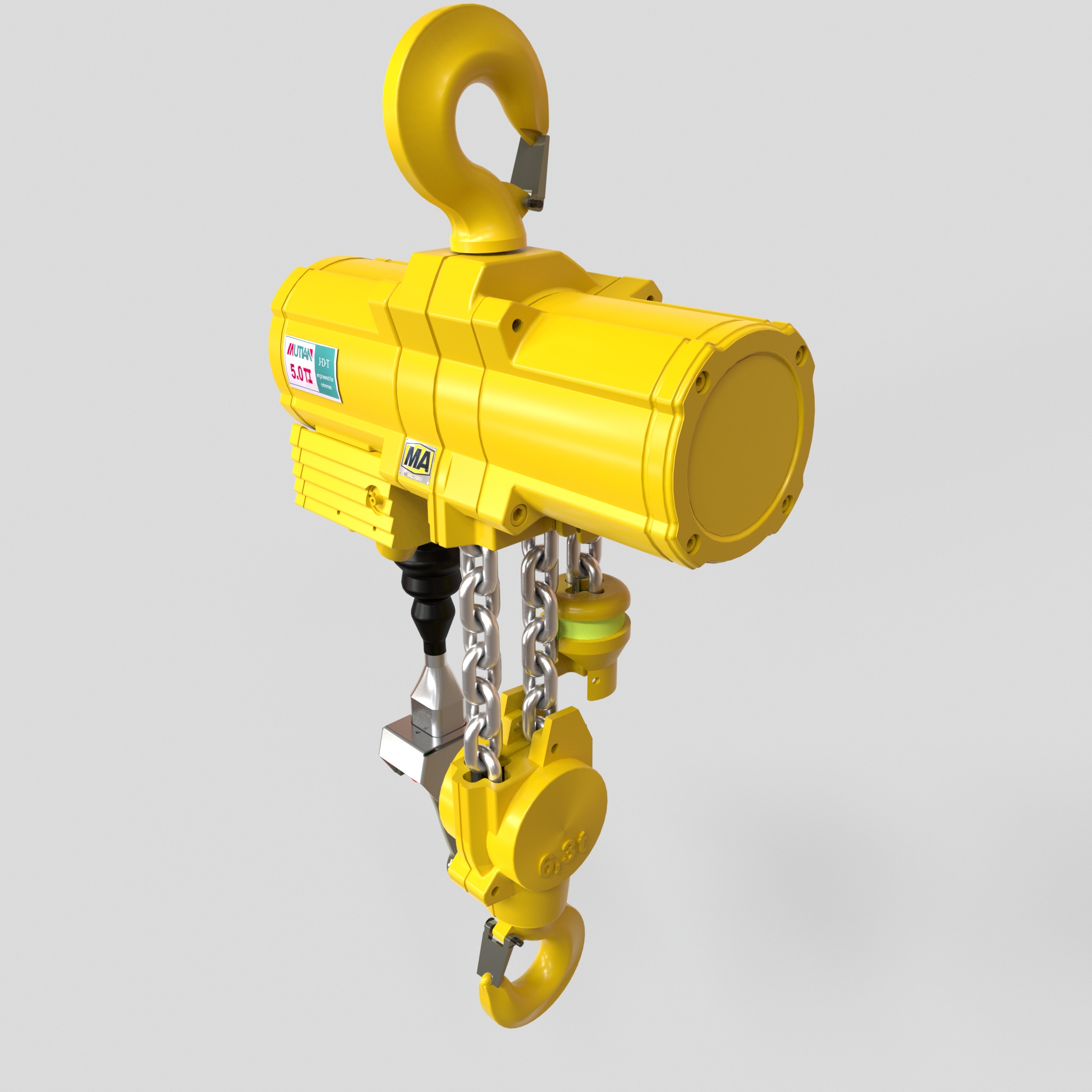Lifting equipment safety: Ensure standard of use of stock
A Comprehensive Safety Guide for Lifting Equipment
Establishing a robust safety framework begins with a clear and comprehensive Safety Guide for Lifting Equipment. This guide should serve as the foundation for all lifting operations. Key components include mandatory pre-use inspections, where operators check for any signs of wear, damage, or malfunction before starting their work. Regular, documented maintenance by qualified technicians is also non-negotiable to ensure equipment remains in optimal condition. Furthermore, the guide must emphasize the importance of operator training and certification, ensuring every user understands the machinery's capacity, limitations, and correct operational procedures. Never exceeding the stated load limit is a cardinal rule that prevents undue stress on the equipment and its components.
How Modern Engineering Can Improve Safety Standards
Technology and engineering play a pivotal role in modern lifting safety. Investing in equipment designed with safety as a core principle is one of the most effective ways to improve safety standards. The MUTAN Overhead Crane is a prime example of this philosophy in action. Its construction from high-quality steel provides a durable and dependable structure, while integrated features like overload protection systems automatically prevent operators from attempting to lift loads beyond the crane's capacity. Advanced braking mechanisms ensure controlled and secure load handling, even in the event of a power interruption. The meticulous design, down to the ergonomic controls and streamlined wiring, reduces operator fatigue and minimizes the potential for human error, contributing to a safer work environment.
The Critical Role of Hoists in Safe Operations
Within a lifting system, the hoist is a critical component that bears the full weight of the load. The integrity of the hoist directly impacts Lifting equipment safety. The HOUSIT Electric Chain Hoist, for instance, is engineered for superior reliability. It features a dual-layer chain system crafted from high-grade alloy steel, offering exceptional strength and resistance to wear. The advanced hook design incorporates a high-strength locking mechanism to ensure the load remains securely attached throughout the lifting process. Its sturdy frame is built to withstand harsh industrial environments, and its user-friendly controls allow for precise and intuitive operation. Choosing a well-engineered hoist like this is a fundamental step in building a safe and efficient material handling system.
Cultivating a Proactive Safety Culture
Ultimately, mechanical safeguards and procedural guides are most effective when supported by a strong workplace culture that prioritizes safety above all else. This involves continuous training and reinforcement of best practices outlined in the Safety Guide for Lifting Equipment. It means empowering every team member to speak up and halt an operation if they identify a potential hazard. When a company invests in top-tier machinery and commits to ongoing education, it sends a clear message that it values its employees' well-being. This proactive approach helps to improve safety standards organically, transforming a list of rules into a shared responsibility for a secure workplace.





